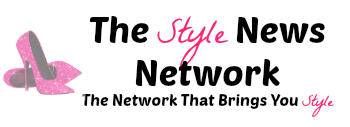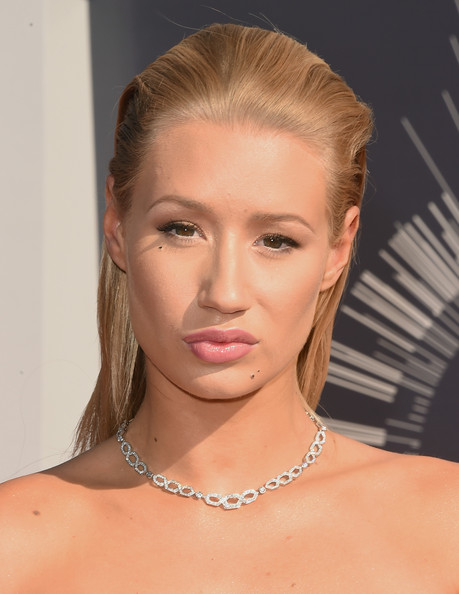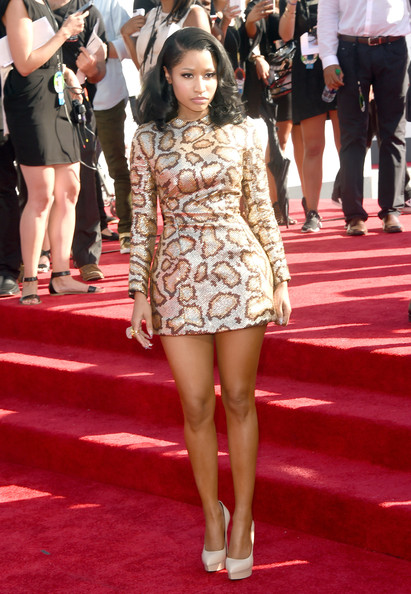Nicki Minaj Poses for The New York Times Magazine. Shot by Erik Madigan Heck and interviewed by Vannesa Grigoriadis, Nicki poses on the cover of the Magazine’s culture issue where it dishes on everything from her image, to being in the industry, to the struggles she faces for being on top! Read some of the interview after the drop, and get the full scoop at New York Times Magazine
Minaj has a shockingly beautiful and complex face, with a wide, high forehead, dark, almond-shaped eyes and deep dimples on both sides of her cheeks that materialize when she smiles. But when asked if she felt confident in her looks as a kid, she said, ‘‘Hell, no!’’ She paused. ‘‘Now, I want to take steps to become more aware of who I am, what I like or dislike about my body — why is that?’’ she said. She mentioned how insecure she felt on Instagram, ‘‘where everyone is freaking drop-dead gorgeous.’’ Don’t get her wrong, she said: Like most celebrities, she approves the pictures that appear on her Instagram and other social-media accounts. ‘‘I get that people put filters on their pictures — I definitely use filters — but I didn’t know people retouched,’’ she says, excitedly talking about being in a nightclub the other day, taking pictures with a friend, and how the friend ‘‘cleaned all the sweat off our face’’ before she posted the photo. ‘‘We’re in a club! We can have a moist, dewy-looking face.’’
She laughs for the first time in our conversation, dimples popping everywhere, sun radiating through the room. ‘‘People’’ — famous people, she means — ‘‘are posting pictures of working out, and then there’s a change in their body” most likely from plastic surgery, “and they say it’s because they were working out! Ah-hahahaha.’’ Then she turns serious again. ‘‘Back in the day, in hip-hop, the thick girl was glorified. Now the rappers are dating skinny white women. So it’s almost like, ‘Wait a minute, who’s going to tell the thick black girls that they’re sexy and fly, too?’ ’’
One of Minaj’s most fascinating stylistic tricks as a performer has been incorporating alter egos, not only the Barbie doll (which she calls Harajuku Barbie) but Roman, an outspoken gay boy who lives inside of her. These alter egos, which have extensively detailed identities, seem exemplary of the way that women are forced to assume different personae to get through the day. But when I asked why she hadn’t called on them much on her last album, she gave me a vague answer about how they were only ‘‘funny’’ and were still around somewhere. Early in her career, she also adopted Lady Gaga’s method of saturating the media with outrageous costumes, but now, when I asked if Gaga influenced her, she shot back, with a look of such intense disapproval my hair curled: ‘‘I don’t even want to discuss that. That’s so old to me.’’

















